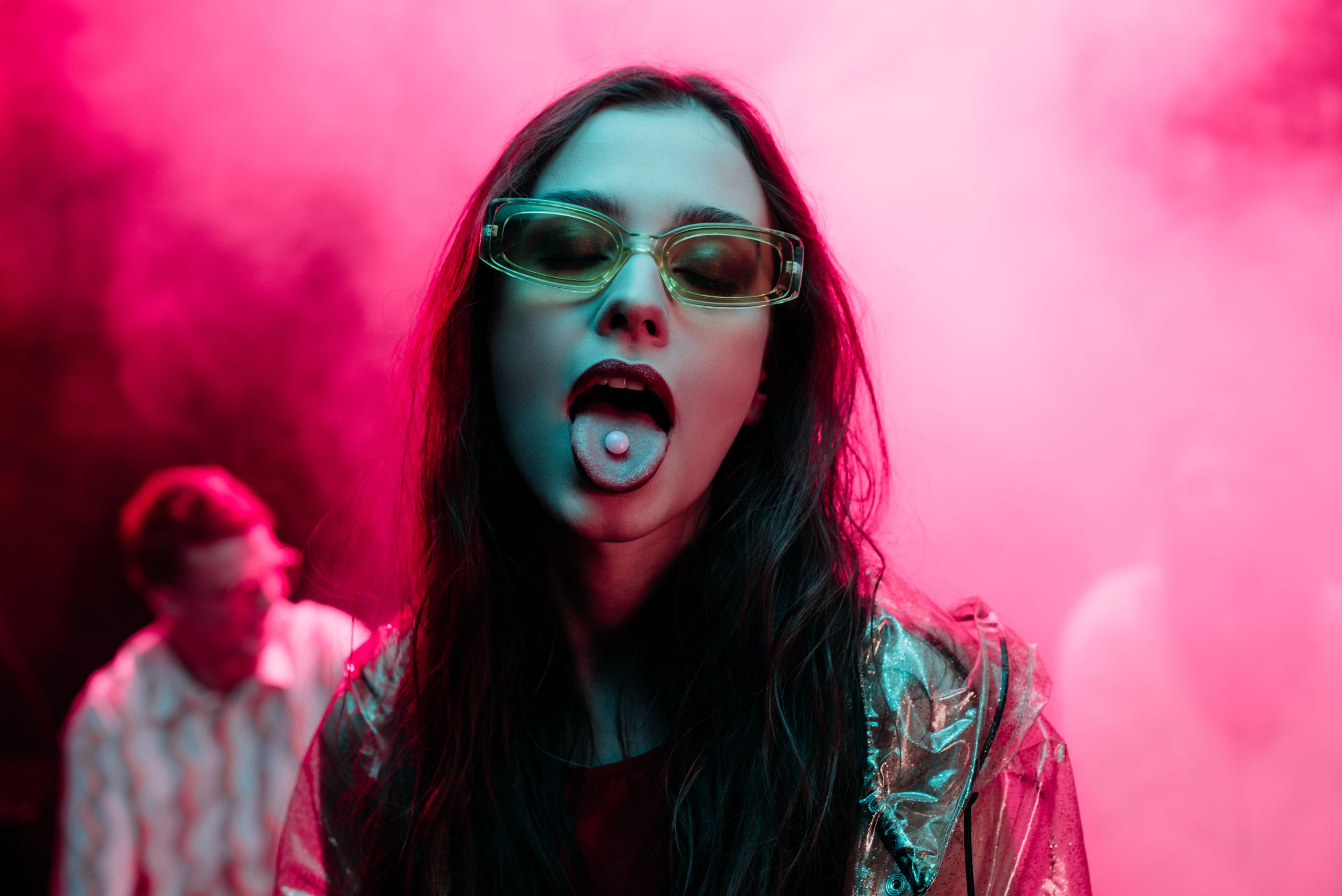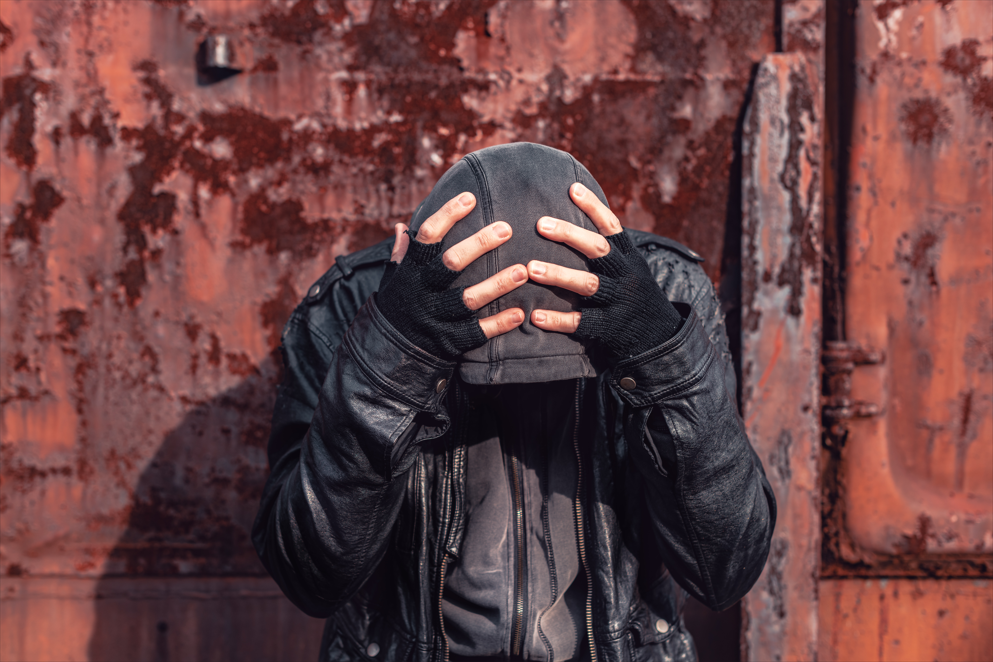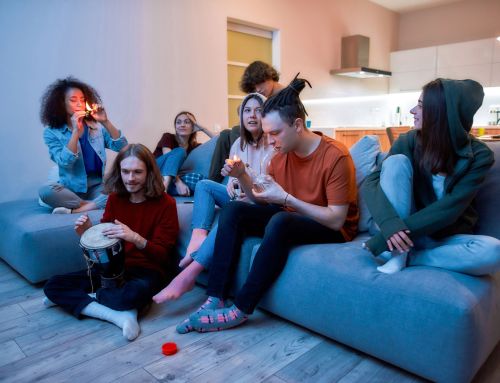
In the 70s and 80s, cocaine fueled the party energy in discotheques and dance clubs from Miami to Boston. In the 1990s, we saw the rise of MDMA (Molly) and the first so-called designer drugs. Fast forward to the 2020s, and the club and party drug scene is messier than ever.
Beneath the glossy, Instagram-ready party facade lies some grim truths. This NJRC article takes an unflinching look at the gritty reality behind popular club and party drugs.
The Club Drug Scene Emerges at the End of the 20th Century
We have the rave culture of the 1990s to thank for popularizing “designer” or “club” drugs such as ecstasy (MDMA), gamma-hydroxybutyrate (GHB), Rohypnol (roofies), and later, ketamine (Special-K). These drugs were often used at all-night dance parties (raves) to enhance the experience of electronic dance music and marathon dancing.
It didn’t take long before overdoses and bad reactions to MDMA, GHB, Ketamine, and other combinations landed people in the hospital, or worse. Worried parents demanded the government do something about it.
Drugs weren’t only found in dance clubs anymore. Local police departments struggled to keep up as the party moved to secretive raves staged in abandoned warehouses and other locations they often wouldn’t discover until it was too late. Finally, the DEA took notice of the club drug crisis and stepped in.
How the Party Drug Scene has Changed Since the 1990s
The world of party and club drugs has undergone significant evolution since the 1990s. That’s not to say that the drugs you used were harmless. We both know that’s not true. But, the scene your children are facing is one you probably wouldn’t recognize.
If you’re in your 20s or early 30s now, you have no basis for comparison —- but believe us when we tell you that today’s party drugs put you in more danger than you probably realize.
Rave and music festival drug culture is as active as ever. Naturally, the Internet has changed the way people find and buy drugs. Today, ‘plugs’ are often found on social networks, and deals happen through Telegram or SnapChat convos.
Over the years, the variety of substances used in party settings has expanded to include a wide range of stimulants, hallucinogens, depressants, and synthetic drugs.
How party drugs have changed over the last few decades:
- Access is easier than ever with online drug dealing.
- The variety of drugs, especially hallucinogens, has increased.
- Drugs are more adulterated than ever, with everything from meth to fentanyl.
- The turnaround time from inception to wide-scale availability of new synthetic drugs is much shorter.
Fentanyl Raises Its Ugly Head — and the Stakes of Using Party Drugs
Probably the most significant difference in the party drug scene today, and maybe the darkest side of all, is the infiltration of fentanyl. This staggeringly potent synthetic opioid first surfaced in the mix of illegal drugs somewhere around 2012-2013
Fentanyl first appeared in street heroin, discreetly in the beginning. Then, the overdose deaths began to climb as organized crime recognized the massive profit potential. Then fentanyl began turning up in everything.
The Darkest Side of Party Drugs
It turns out that fentanyl is not just frighteningly potent; it’s also inexpensive and relatively easy to manufacture using precursors smuggled in from China and Southeast Asia. Like it or not, fentanyl is a reality in 2024, and it’s not limited to people who use heroin. ‘Fent’ has been found in everything from molly tablets to cheap commercial-grade marijuana.
Fentanyl is common in fake prescription pain tablets now, too, which are more prevalent than the real ones on the black market since the FDA cracked down hard on opioids following the OxyContin crisis. It was fentanyl in a fake pain pill that killed Prince when he found himself cut off and unable to fill a prescription.
The point is that you can’t know for certain what you’re getting anymore. Unless, ironically, it’s fentanyl that you’re looking for. Experimenting with party drugs has always come with an element of risk, but today, you may be taking your life in your hands.
How to Tell If Someone May Be Using Party Drugs
MDMA, AKA Ecstasy, Molly
MDMA (3,4-methylenedioxy-methamphetamine), also known as ecstasy or molly, is a synthetic drug with stimulant and mild psychedelic properties. It enhances mood, energy, and sensory perception and is often used recreationally at parties and raves. MDMA increases the release of neurotransmitters like serotonin, dopamine, and norepinephrine
Signs of MDMA use
- Dilated pupils
- Excessive sweating
- Increased sociability and emotional warmth
- Teeth clenching or grinding
- Heightened sensory perception
- Unusual energy levels and restlessness
Ketamine, Ket, Kitty
Ketamine is a dissociative anesthetic with hallucinogenic effects, often abused for its ability to distort perceptions and induce a sense of detachment. Illegally, it is used recreationally at clubs and parties, known as “Special K.” It can be snorted, smoked, or injected.
Signs of Ketamine abuse
- Hallucinations
- Flushed, red skin
- Slurring their speech
- Lack of coordination or balance
- Darting, erratic eye movements
- Disorientation and confusion
Hallucinogens (LSD, Mescaline)
LSD (lysergic acid diethylamide), AKA ‘acid,’ is a man-made hallucinogen that changes perception, mood, and thinking, frequently leading to visual hallucinations. Mescaline, a natural psychedelic present in peyote cactus, produces comparable effects, such as altered sensory experiences and hallucinations.
Signs of hallucinogen use
- Visual hallucinations
- Dilated pupils
- Sudden mood changes
- Disorientation and confusion
- Unusual sensory experiences
- Elevated heart rate and blood pressure
Research Chemical/Designer Drugs (2C-i, 2C-b, 2C-p)
Synthetic psychedelics such as 2C-I, 2C-B, and 2C-P belong to the 2C family of ‘research chemicals. Also known as ‘designer drugs’, these substances are crafted to replicate the effects of illegal substances while getting around the law (at least for a while). They cause both hallucinogenic and stimulant effects, making them popular for recreational use. They are distributed mainly online. While they are associated with parties and clubs, they have their own sort of subculture.
Signs of ‘research chemical’ use
- Hallucinations
- Dilated pupils
- Nausea and vomiting
- Agitation and restlessness
- Confusion and disorientation
- Increased heart rate and blood pressure
The Party is Over for Party Drugs
Let’s get real. Party and club drugs have never been ‘safe’ in any conventional sense of the word. But, in the 2020s we are in uncharted territory. Between the deadly fentanyl and fentanyl derivatives making their way into everything to ‘research chemicals’ with unknown long-term effects, the stakes of drug abuse are higher than they’ve ever been before.
If you or a person you love is caught in the cycle of drug addiction, you aren’t as helpless as you may feel. There is a way out of the downward spiral of madness. It just takes enough faith and willingness to make a phone call.
NJRC offers the best evidence-based addiction care in New Jersey. No matter where you are, it’s never too late to get help and change direction.—- we’re here to help. Let’s get started: (877) 790-5873






